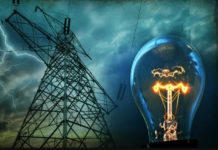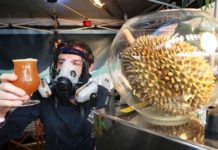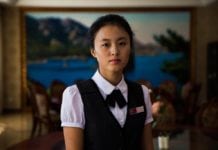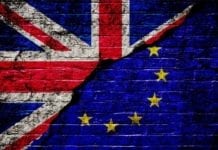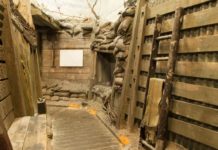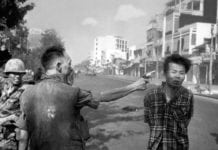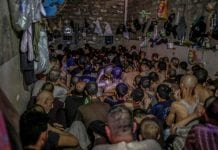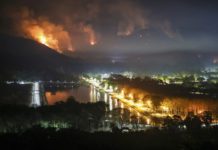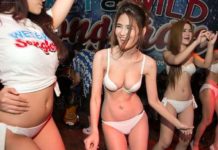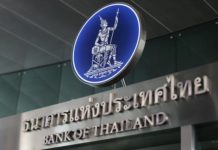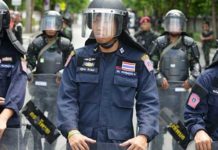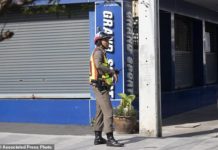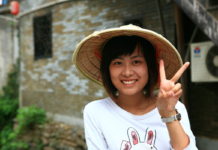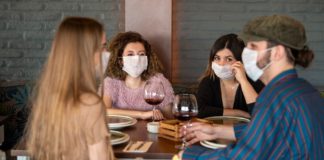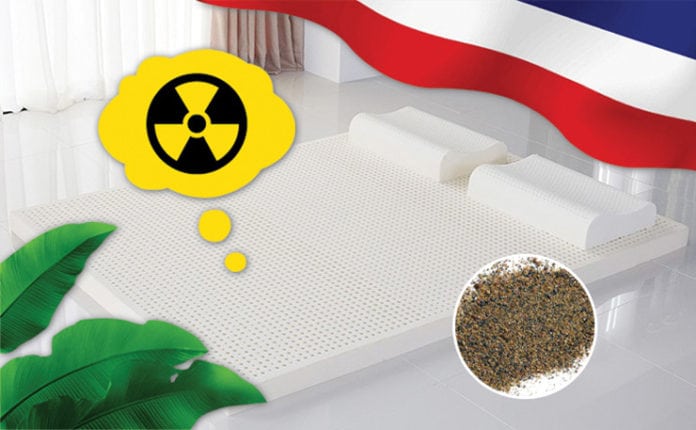
Tourists exposed to dangerous latex in Thailand. A woman, identified only by her surname Kim, went to Phuket for her honeymoon about three years ago.
There, she bought latex products worth nearly 4 million won ($3,736). The problem she found out later was they generate hazardous anions.
Kim had purchased a whole set of mattresses and pillows for herself and her husband, and for the child she was expecting at the time.
She never realized such products could contain life-threatening chemicals.
Anions _ negatively charged ions _ were over the past two decades thought to have effects that can kill bacteria and help purify air.
This was first brought up in Japan in the 1990s, leading to an anion-product sales boom in Korea and China.
“At first, I thought they were a little too expensive. But if they generate anions and they last long without losing their form, I thought the price was worth it,” Kim said.
Not a single study has been released to prove products containing anions are healthy.
Scientists argue that anions are found in thousands of substances, and it is nonsense that anions can create a certain effect by themselves, whether it be beneficial or harmful.
However, a substance with anions can be hazardous to health, they said.
Tourists exposed to ‘deadly’ latex
A deadly level of radiation has been detected from anion-contained latex products sold in a number of tourist destinations in Thailand, including Phuket, Krabi, Bangkok and Pattaya, according to industry sources.
Those products were found to include monazite powder. Monazite is an ore containing radioactive thorium to boost the anion production _ but it can raise levels of radon emitted. This, in a worst case scenario, could cause elevated risks for cancer.
“I would say 95 percent of the anion latex products sold here are made with monazite. Monazite is a cheap mineral that has a large amount of anions. It generates a massive amount of radiation at the same,” said an industry insider on the condition of anonymity during an interview with The Korea Times.
“There are other substances that generate anions. But monazite is the cheapest material that leaves a big margin for retailers.”
On Jan. 30, the Korea Far Infrared Association (KFIA) tested a sample of anion latex products sold in Thailand.
The result showed a queen-size mattress made of anion latex has 1,108 times higher level of radiation dose than the maximum standard of the International Commission on Radiological Protection (ICRP).
The ICRP advises a person not to be exposed to the radiation of over 20,000 microsieverts per year.
An anion latex sample size of 7-by-7-by-5 centimeters produced 0.31 microsieverts of radiation per hour.
A queen-size mattress is 150-by-200-by-5 centimeters in length and width.
Assuming a person has been sleeping on a queen-size mattress that generates radiation dose of 126.53 microsieverts per hour for eight hours every day a year, they would be exposed to 1,108,408 microsieverts of radiation.
–
You can follow BangkokJack on Facebook, Minds & Twitter. Or join the free mailing list (top right)
Please help us continue to bring the REAL NEWS – PayPal


